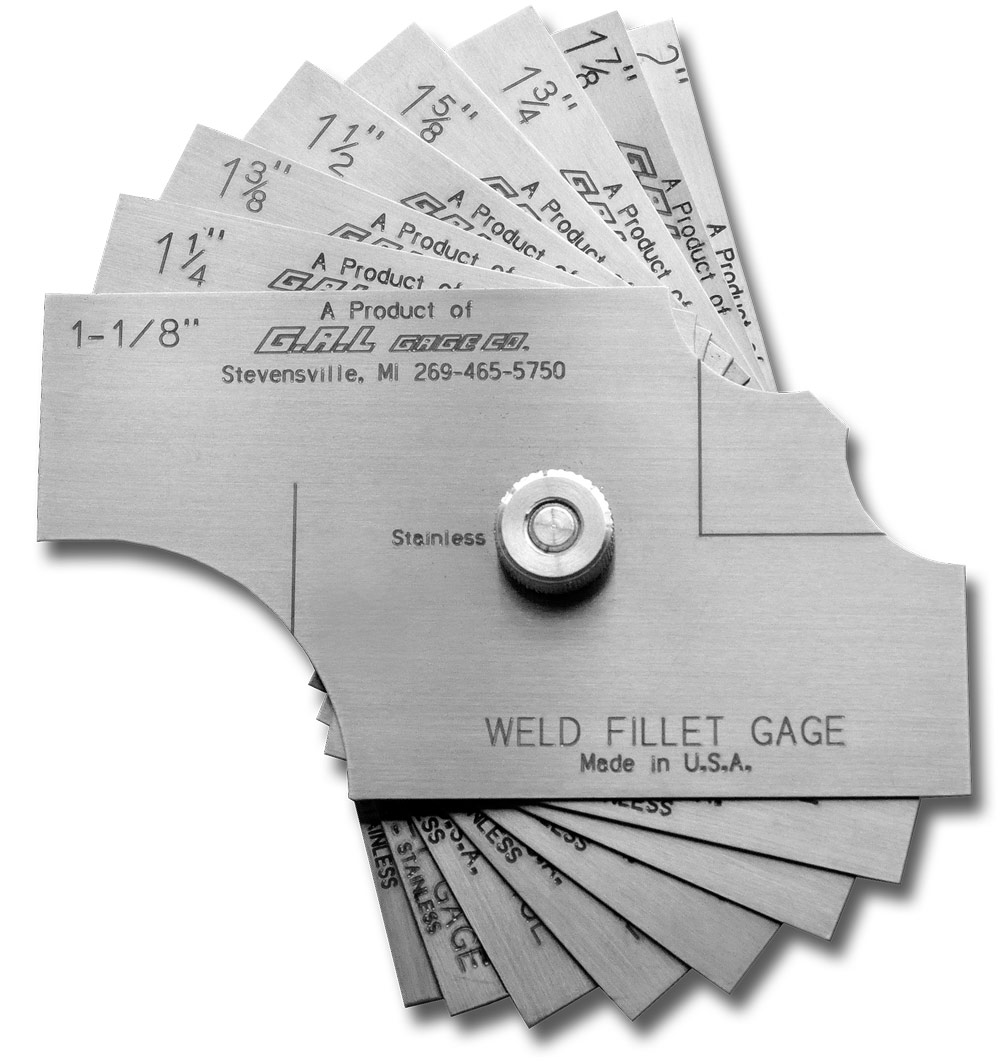Gauge Fillet Weld Explained: From Essentials to Advanced Techniques
Gauge Fillet Weld Explained: From Essentials to Advanced Techniques
Blog Article
The Ultimate Guide to Fillet Weld Quality Assurance: Ensuring Stamina and Longevity in Your Welded Joints
In the realm of welding, guaranteeing the toughness and resilience of fillet welds is extremely important for the integrity of welded joints. As we get started on this exploration of fillet weld high quality control, we will reveal important factors that influence weld strength, dive into reliable evaluation approaches, and review approaches for stopping usual weld defects.
Relevance of Fillet Weld Quality Control
Making sure correct fillet weld high quality control is paramount in ensuring the architectural integrity and long life of bonded parts in different sectors. Fillet welds are generally utilized in structural steelwork, bridges, pressure vessels, pipelines, and other vital infrastructure where the strength of the weld is critical to total safety and security and efficiency. Quality control steps such as aesthetic inspections, non-destructive testing, and adherence to welding procedures assist recognize possible defects like lack of combination, insufficient penetration, undercutting, or extreme reinforcement.
Secret Variables Impacting Weld Toughness
Achieving ideal weld strength calls for cautious factor to consider of numerous vital elements that affect the honesty and resilience of the bonded joint. The initial important variable appertains joint preparation, which includes cleaning up the base steels to remove any type of pollutants that might deteriorate the weld. In addition, the fit-up of the joint is vital to make sure appropriate infiltration and combination of the filler product.
The choice of the proper welding strategy and specifications likewise plays a substantial role in determining weld strength. Aspects such as heat input, traveling rate, and electrode angle can impact the high quality of the weld. Moreover, preserving the appropriate interpass temperature level during multi-pass welding is essential to stop cracking and make certain a strong bond between the layers.
Moreover, the option of filler product and its compatibility with the base steels is important for attaining high weld toughness. Using filler material with the proper mechanical residential properties can improve the total integrity of the weld. Finally, post-weld warmth therapy and appropriate assessment methods are necessary actions in making sure the stamina and durability of the welded joint.
Evaluation Approaches for Weld Honesty

Another essential examination method is fluid penetrant screening, where a liquid dye is related to the weld surface area - Gauge Fillet Weld. The dye seeps into any type of surface-breaking problems, making them visible under UV light. This technique works for finding flaws that may not be noticeable to the nude eye


Ultrasonic screening is likewise extensively used for inspecting weld integrity. High-frequency sound waves are directed right into the weld, and any kind of interruptions in the acoustic wave pattern show possible defects like cracks or lack of blend.
These evaluation methods play an important role in ensuring the top quality and dependability of welds, inevitably adding to the overall stamina and longevity of welded joints in industrial setups.
Stopping Usual Weld Problems
In order to maintain the architectural honesty of welded joints in commercial applications, it is crucial to apply safety nets to deal with common weld issues. One common flaw is absence of combination, where the filler product stops working to bond sufficiently with the base steels, leading to weak places in the weld. This can be protected against by guaranteeing correct warm control and using the appropriate welding strategy.
An additional constant concern is porosity, triggered by gas entrapment in the weld steel throughout the welding process. To avoid this, it is important to clean the base steels extensively, use dry visit the site electrodes, and maintain an appropriate welding setting with correct air flow.
In addition, fractures in welds can jeopardize the joint's strength. To avoid this defect, it is necessary to control the air conditioning rate after welding, use preheating when needed, and pick appropriate welding parameters.
Enhancing Weld Longevity With Proper Strategies
One important technique to enhance weld toughness is to make sure correct weld bead placement. By positioning the weld bead accurately within the joint, the weld's stamina and resistance to tiredness can be dramatically improved.
Choosing the right filler metal and making certain the cleanliness of the base metals can protect against inclusions and other defects that could compromise the weld's toughness. By applying these correct techniques, welders can make sure that their bonded joints show outstanding strength and resilience, meeting the highest quality requirements.
Conclusion
In final thought, maintaining top quality control criteria for fillet welds is vital for making sure the toughness and toughness of bonded joints. By understanding the key factors affecting weld stamina, using examination approaches for weld stability, preventing common weld flaws, and using appropriate methods, welders original site can boost navigate here the total longevity of their welds. It is important to prioritize quality control steps to produce trustworthy and durable bonded joints.
In the realm of welding, ensuring the stamina and sturdiness of fillet welds is critical for the honesty of welded joints. As we get started on this exploration of fillet weld quality control, we will certainly uncover crucial aspects that influence weld stamina, dive right into effective assessment methods, and review strategies for stopping usual weld problems.Attaining optimum weld stamina calls for careful factor to consider of numerous essential variables that influence the stability and longevity of the welded joint (Gauge Fillet Weld).In verdict, keeping high quality control standards for fillet welds is vital for ensuring the stamina and toughness of bonded joints. By understanding the key elements impacting weld toughness, making use of assessment methods for weld honesty, protecting against usual weld issues, and employing appropriate methods, welders can improve the total toughness of their welds
Report this page